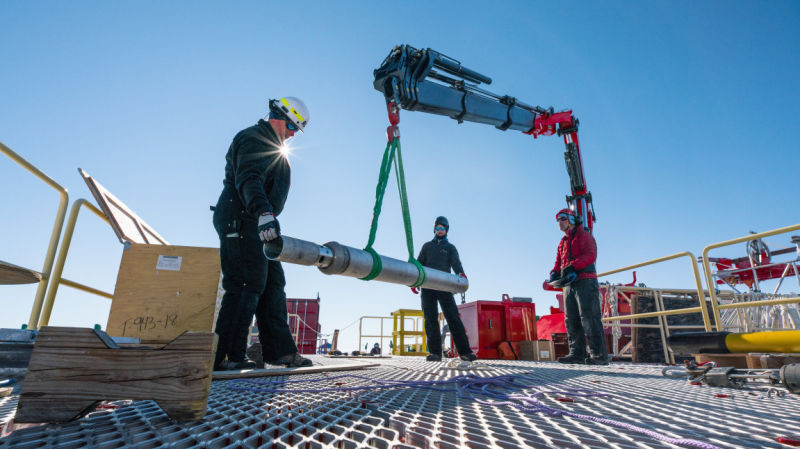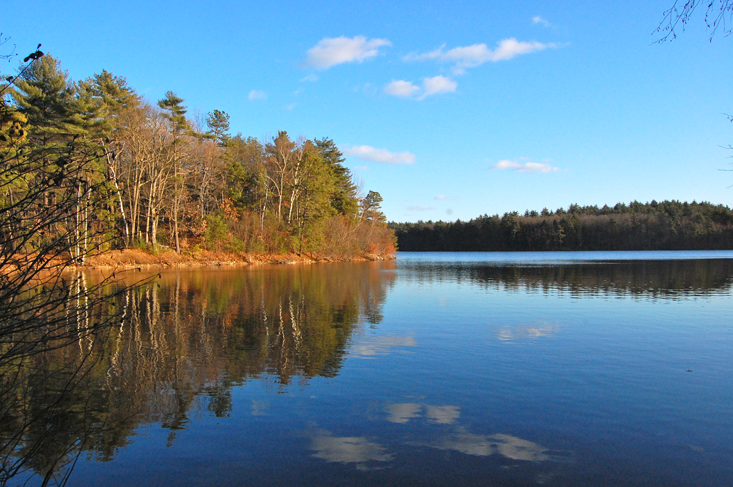The Conversationist:
Illustration by Scott Woods/Western University
“Giant beavers the size of black bears once roamed the lakes and wetlands of North America. Fortunately for cottage-goers, these mega-rodents died out at the end of the last ice age.
Now extinct, the giant beaver was once a highly successful species. Scientists have found its fossil remains at sites from Florida to Alaska and the Yukon.
A super-sized version of the modern beaver in appearance, the giant beaver tipped the scales at 100 kilograms. But it had two crucial differences. The giant beaver lacked the iconic paddle-shaped tail we see on today’s modern beavers. Instead it had a long skinny tail like a muskrat. The teeth also looked different. Modern beaver incisors (front teeth) are sharp and chisel-like; giant beaver incisors were bulkier and curved, and lacked a sharp cutting edge...
Towards the end of the last ice age 10,000 years ago, the climate became increasingly warm and dry and wetland habitats began to dry up. Although the modern beavers and the giant beaver co-existed on the landscape for tens of thousands of years, only one species survived. The ability to build dams and lodges may have given the modern beaver a competitive advantage over the giant beaver. With its sharp teeth, the modern beaver could alter the landscape to create suitable wetland habitat where it needed it. The giant beaver couldn’t.”





















